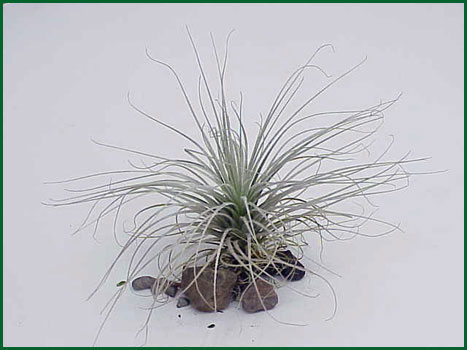
Tillandsia Tectorum
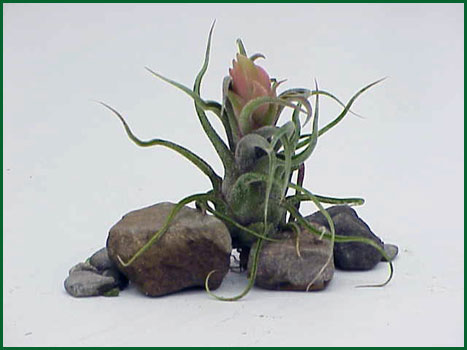
Tillandsia Pruinosa
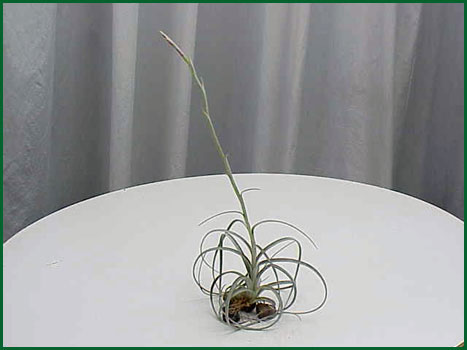
Tillandsia Excerta
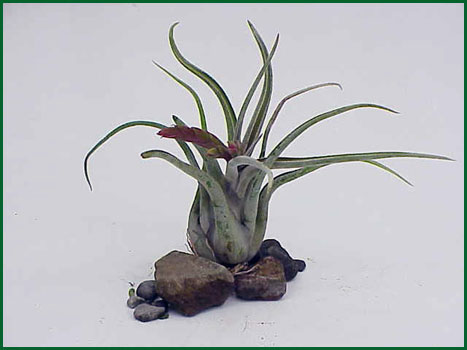
Tillandsia Caput Medusa
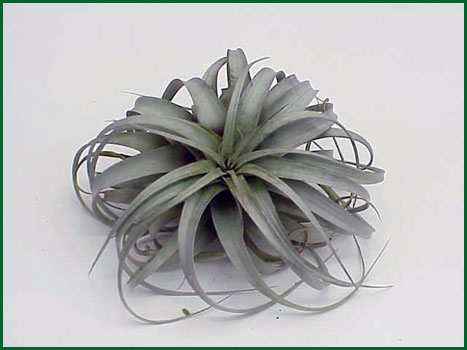
Tillandsia Xerographica
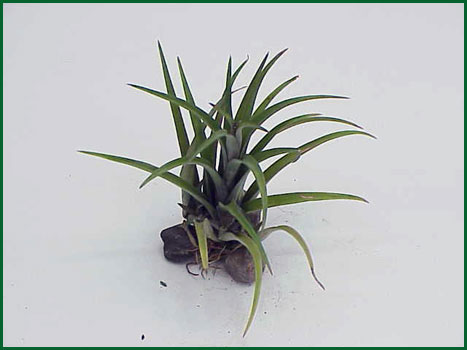
Tillandsia Schatzlii
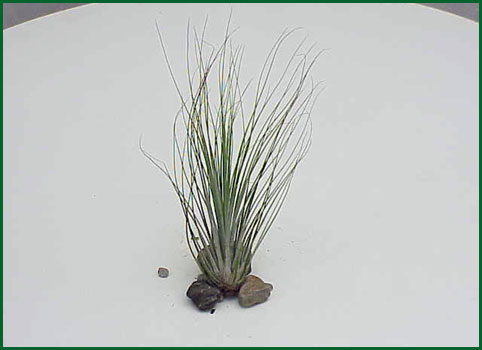
Tillandsia Juncea
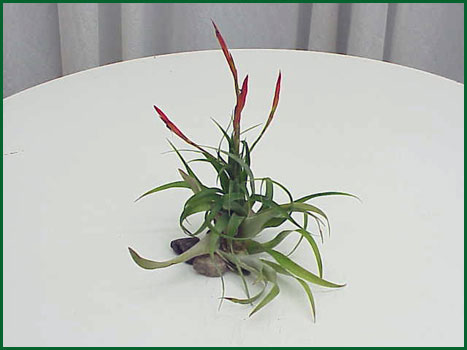
Tillandsia Flabellata
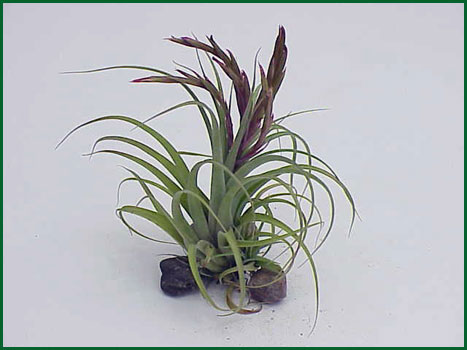
Tillandsia Concolor
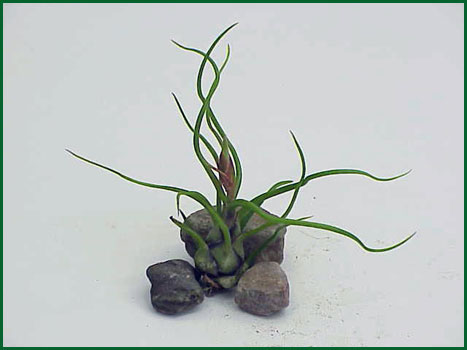
Tillandsia Bulbosa
Photos courtesy of Sunborne Nursery
Air Plant Care Tips
We might think that you have seen a Tillandsia and asked your self what to do with this plant with no soil. I thought this would be useful information to review and help you feel good about purchasing some. You can use them in so many applications.
Light:
Lighting for Tillandsias should be bright but filtered April-October (within 4ft. from a bright window). They should not be left in the direct sun in the summer months, this may cause the Tillandsias to burn.
Tillandsia love direct sun November-March. Tillandsias may be grown in the house directly in front of a window. Fresh moving air is advisable, the most important care is bright filtered light.
If Tillandsias are in lower light conditions, you will tend to see discoloration of the leaves and/or spotting. Eventually, the Tillandsias will lose their ability to take up water and photosynthesis and will die.
Water:
There are 3 common ways of watering Tillandsias – Misting, Dunking and Soaking.
Misting, spray misting is sufficient only between regular watering in dry climates to increase the humidity.
Dunking, this is the most common method of watering. The Tillandsias are held under a stream of water for 10 or so seconds. Should be done 2-4 times per week to be effective.
Soaking, the best and easiest method I think, is to thoroughly soak your Tillandsia once a week, more often in a hot dry environment; less often in a cool, humid one, by placing them in a container of water and immerse them with fertilizer for 1-2 hours.
Signs of under watering Tillandsias would be curling and browning at the base and leaf.
Air Circulation:
Following each watering, Tillandsias should be given enough light and air circulation to dry in 4 hours or less. Do not keep plants constantly wet or moist.
Temperature:
Optimum temperature range for Tillandsias is 50-90 degrees F.
Fertilizer:
Use Bromeliad fertilizer 17-8-22 twice a month if possible. It is Great for blooming and reproduction. Other water soluble fertilizers can be used at 1/4 strength. Can use Rapid Grow, Miracle Grow etc. if Bromeliad fertilizer is not available.
Pests:
The only pest that attacks Tillandsias is mealy bug, and it is not very common. If you do find mealy bugs on your Tillandsia, submerge them in water for an hour or two to flush them out.
Fungus or Rot:
In moist environments with low temperatures and low air flow, there is always the possibility of fungus or rot conditions coming into play. Eventually, the Tillandsia will fall apart or turn to mush if left unchecked. The best way to avoid this is to place your Tillandsia in location where there is good light and good airflow. Also, make sure that there is no water in the cup or at the base of the leaves 24 hours after watering.